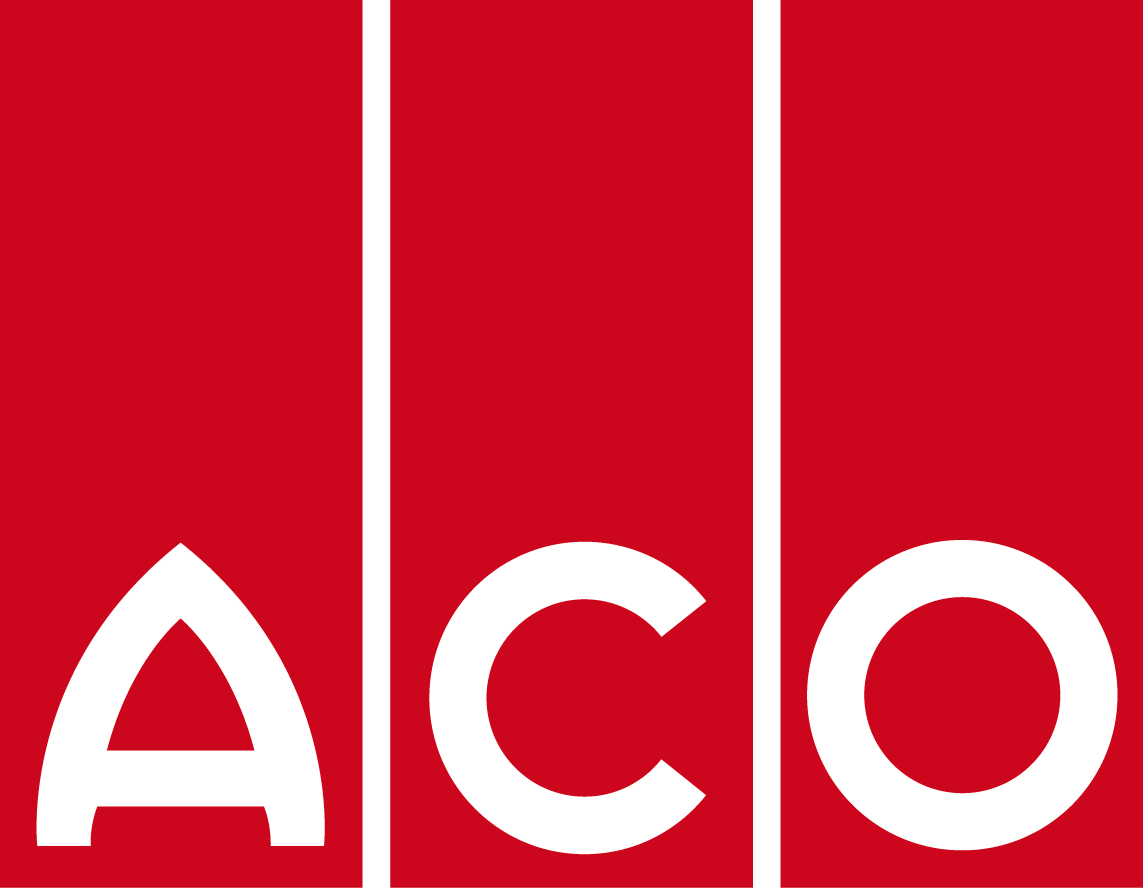Efficient drainage assists in managing risk: operationally, it helps prevent accidents; hygienically, it is required by the HACCP (Hazard Analysis and Critical Control Point) framework through the Prerequisite Programme (PRP). Illustrating adequate drainage design together with appropriate cleaning and maintenance procedures within the PRP is critical. This process should also form part of the Design Risk Analysis for any building design.
For more info, click here
For the ultimate in hygienic drainage, EN 1672 and ISO 14159 are European and international standards that set out hygienic requirements for drainage in the food processing to reduce hygiene risks.
According to these standards, drains must be:
- Fully drainable with no residual, standing water.
- Any welds must butt up to each other and not have an overlapping joint, where bacteria can grow.
- Welds must be placed away from corners on smooth areas so there are no corner welds that cannot be cleaned.
- For cleanability, rounded internal corners are vital as opposed to hard, 90 degree corners.
For more info, click here
Stainless steel is the natural selection for food processing and commercial kitchen applications as it is easy to clean, has a smooth surface, is tolerant of high temperature wastewater and is highly corrosion resistant.
For more info, click here
Manufacturers should be able to provide you with calculations. When designing, be aware that fixed and removable strainers, plus any food scraps within those strainers, internal foul air traps and even grates can restrict the hydraulic capacity of the drain and therefore must be taken into account.
For more info, click here
The aperture of the grate must also be considered if trolleys will travel over the top of the grates. Plate stackers are used a lot for functions to pre-plate starters and desserts and are stored in cool rooms ready for serving. A large aperture grate won’t suit cool rooms, as the wheels of plate stackers and trolleys could get stuck and the food go everywhere. Collaborating with the kitchen consultant and engaging with them on these issues will certainly lead to a great result for the end users.
Slip resistance is a key concern in any application, but it’s likelihood is amplified by the grease and oil present in commercial food preparation and processing applications.
For more info, click here
Stainless steel and nitrile rubber are easy to clean. Washing with soap or a mild detergent and warm water, followed by a clean water rinse is usually adequate for most industrial applications. An enhanced aesthetic appearance will be achieved if the cleaned surface is finally wiped dry.
For more info, click here
In Australia, floor drains need to be certified to WaterMark to WMTS 040.
For more info, click here






